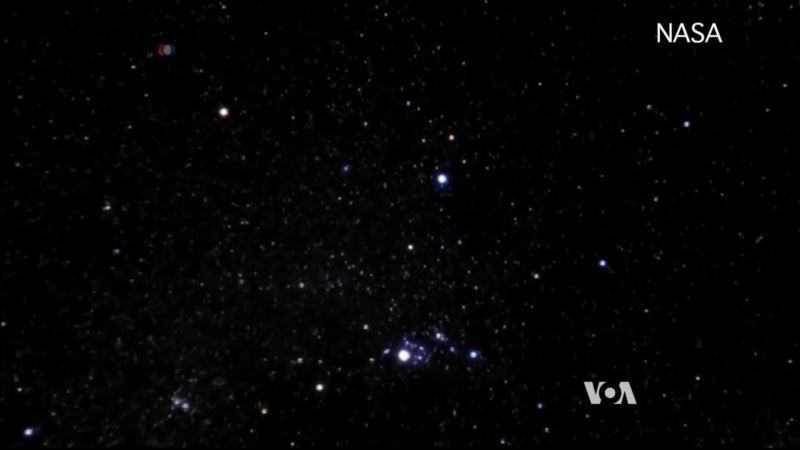Scientists continue to learn more about black holes in space, places where the pull of gravity is so strong that not even light can escape. Black holes occur after supergiant stars explode into brilliant but short-lived supernovas. All the matter dispersed by that titanic explosion collapses in a few weeks or months, and gravity crushes it all into a tiny space. Now, data from a Japanese satellite is helping decipher the secrets of these invisible singularities. Black holes are invisible to the human eye. But telescopes with special tools can help find them by revealing how they affect nearby stars. In February, Japan’s space agency rocketed its Astro-H satellite into orbit to examine large-scale structures in the cosmos, like supermassive black holes that exist at the center of most galaxies. Unfortunately, after only about a month in space, the satellite fell apart. But before it went out of commission, it was able to gather vital data about the Perseus cluster, consisting of hundreds of galaxies 240 million light years from earth. On board Astro-H was a unique X-ray spectrometer, which showed that superheated gas at the cluster's heart flows much more calmly than expected. "And that gives us a very precise measurement of how much energy is being pumped into this gas by supermassive black holes, and so it allows us to form a more complete picture of how galaxies evolve, how the stars and the gas that will eventually cool out like rain to form the stars, evolves over cosmic time,” explained Brian McNamara, an astrophysicist at the University of Waterloo in Canada. Researchers are also closely looking at the hot plasma—a type of matter–and gases that surround the galaxies. "This is gas that has not cooled out and condensed out like rain in our atmosphere to form stars, planets, life, for example. So it's the potential for the future, and we're trying to understand what the future destiny of this galaxy and many other galaxies would be,” said McNamara. Supermassive black holes may manipulate how galaxies form and evolve. “The energy released by these giant black holes is very tightly coupled to these atmospheres, which is the stuff out of which future stars will form,” said McNamara. And this means the invisible giant at their heart influences the rate at which a galaxy grows.
New Data Adds to Understanding of ‘Black Holes’






